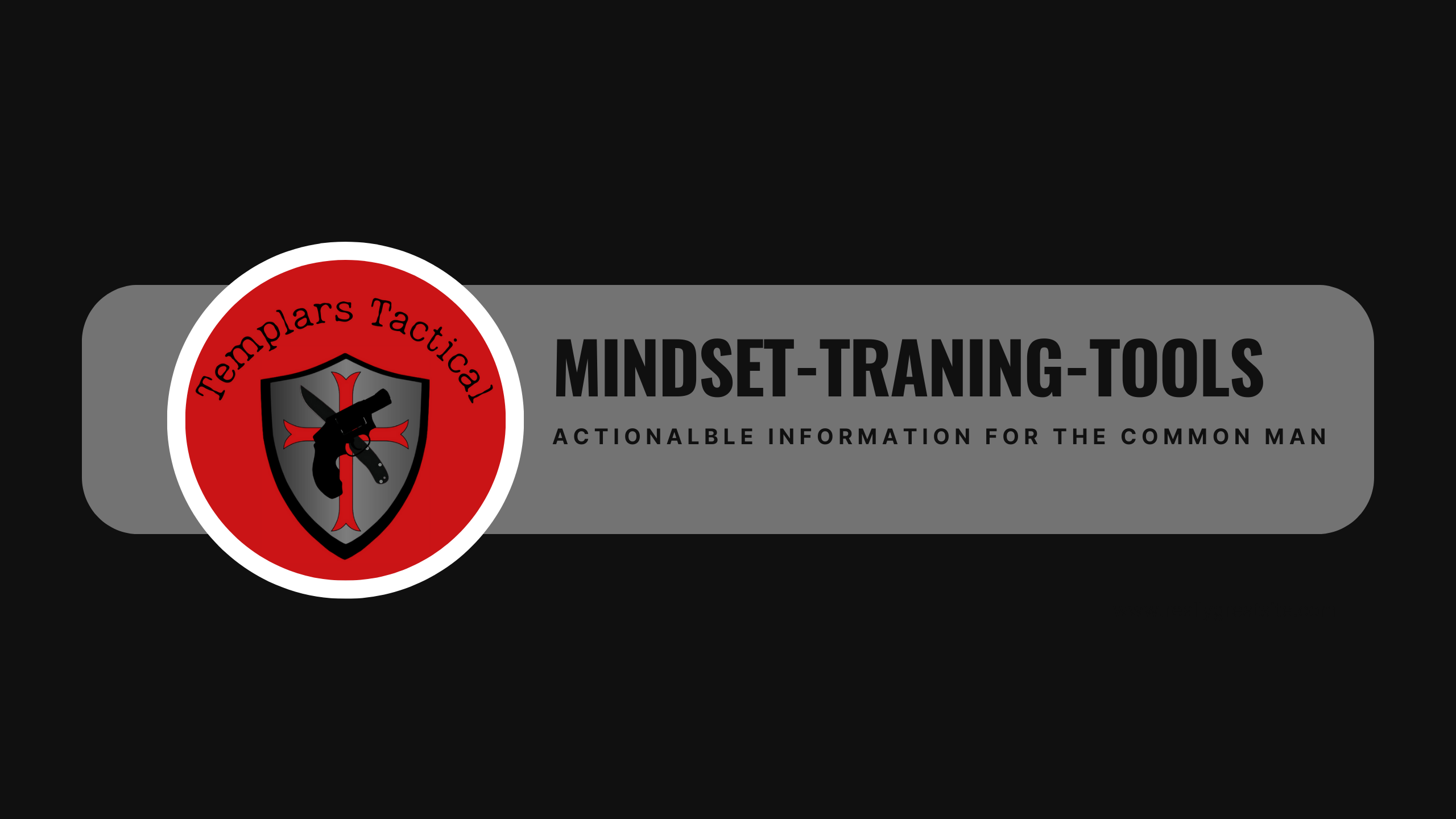
The first reason I don’t recommend assisted-opening or automatic knives for personal protection comes from an understanding of firearms, rather than edged weapons.
Those who carry a pistol for self-defense typically give it careful consideration. They clean their weapon regularly and make sure there’s a round in the chamber. However, this attention to detail is why many experience a moment of shock when they draw their gun, especially under stress. They pull the trigger and hear the deafening silence—the gun doesn’t fire. For most people, this results in one of two common reactions: they freeze in disbelief and stare at the gun, or they attempt an immediate action drill to clear the malfunction or chamber a round. If the malfunction can’t be fixed on the first attempt, the tendency is to fixate on the gun. In stressful situations, their focus narrows quickly. While this might not matter much when shooting at a target, it’s a different story when facing a hostile threat. Both reactions can be fatal.
Now, turning to assisted-opening and automatic knives: to my knowledge, there are no companies offering trainers for these blades. This means that any practice must be done with a live blade. Very few people would use a live knife at full speed for training, even just to practice deploying it. And it’s almost impossible to find a training partner willing to rush you or engage in physical contact during such a drill.
Additionally, the grip needed to deploy these knives isn’t necessarily the best fighting grip. Many people who have casually used assisted-openers or automatics have experienced times when the blade fails to deploy properly, whether due to friction with their pocket or other factors. When that happens, how do you know? You might not hear the blade deploy, which is unlikely due to auditory exclusion. You could feel the blade as it cuts into your fingers while trying to assume your fighting grip, or you could notice the blade isn’t locked open when you look at it. But looking at your knife means you’re not focusing on the threat. What do you do in that moment? Try to adjust the knife to make it deploy again? With vasoconstriction setting in, this becomes tricky.
Of course, these issues apply to any folding knife, which is why we teach that deploying the knife and opening the blade are two distinct actions. We also build in a failsafe during the draw, in case you accidentally drop the knife when pulling it from your pocket. Another part of the drill involves using the closed knife as an impact weapon if deadly force is no longer necessary or you don’t have the time or space to deploy the blade. This whole approach is grounded in the understanding that things don’t always go as planned, and we prepare for the things we can’t predict.
Some may argue, “That’s why I carry a fixed blade.” But I’d wager these are often the same people who insist on carrying a 1911 yet end up with a .38 snub-nose or .380 in their pocket when they head out.
The reality for many people, due to laws, company policies, or personal comfort, is that they are limited to carrying a folding knife as their primary means of deadly force. This makes it even more crucial to have confidence in your knife and in your ability to deploy and use it effectively. Our common-sense approach to tools is centered on selection, carry, deployment, and use. Of those, deployment is often the most challenging. Don’t make things harder on yourself by carrying a knife that relies on a spring mechanism to function properly.




